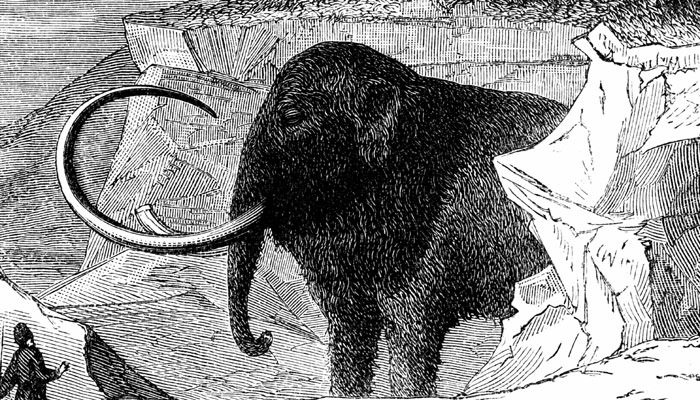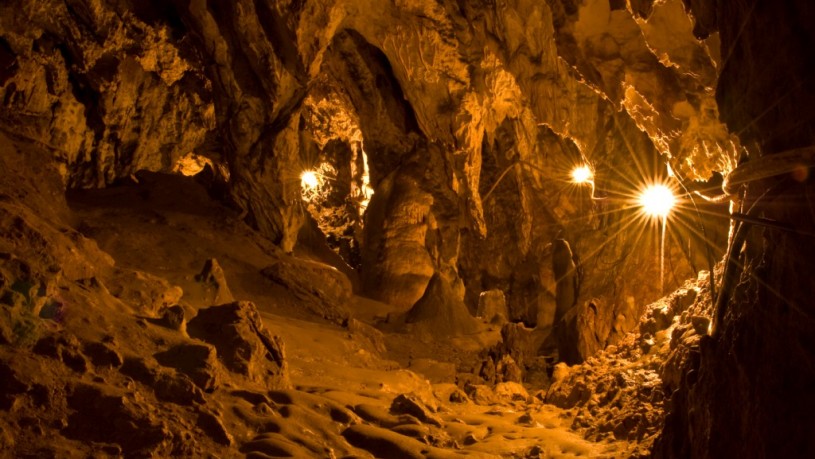Ancient people “conquered” the Arctic at least 45,000 years ago, according to a recent study by a team of researchers from Russia, informs Reuters.
The frozen skeletons of some woolly mammoths, found in Siberia, show unmistakable signs of spear wounds, thus providing evidence that a human population inhabited Arctic regions many thousands of years ago, earlier than scientists believed.
Russian researchers announced on Thursday that a woolly mammoth – a male – found in the permafrost of Yenisei Bay, on the shores of the Arctic Ocean, was killed by a group of hunters, 45000 years ago. The finding is the earliest evidence confirming the presence of humans in the Arctic.
Until this study, the oldest evidence of human presence in the Arctic dated from more or less 30,000 years ago, according to the study coordinator, Vladimir Pitulko, researcher at the Russian Academy of Sciences’ Institute for the History of Material Culture in St. Petersburg.
The people who endured the harsh Arctic conditions were most likely hunter-gatherers. Mammoths, the close elephant “relatives”, the largest land creatures in the region, represented an important food resource.
“Indeed, these animals provide an endless source of different goods: food with meat, fat and marrow; fuel with dung, fat and bones; and raw material with long bones and ivory”, Vladimir Pitulko said.
“People certainly used them as food, especially for certain parts of the body, such as tongue and liver, considered a delicacy, but hunting for the ivory was more important”, added Pitulko, as the ivory was replacing wood in the treeless steppe landscape.
The mammoth, excavated in 2012, had injuries on the body, indicating it had been killed by people. Rib injuries appear to have been caused by spears thrown by hunters, while shoulder-blade and cheekbone injuries appear to have been caused by hand-held thrusting spears.
Moreover, the right tusk of the mammoth was chopped; this damage may have been caused by people, after the animal was killed.
“The main conclusion is that the mammoth was really killed by humans, and evidence for that is unbeatable,” Pitulko said.
Scientists believe that mammoth-selling have been a critical factor that allowed human populations to survive in the Arctic and trek across northernmost Siberia, helping them reach the vicinity of the Bering land bridge that at the time linked Siberia to Alaska. The first humans to reach the “New World” crossed that land bridge, then spread through the Americas.
The fact that humans populated Arctic regions sooner than previously known suggests that crossing the Bering land bridge could have been achieved earlier than scientists thought.
The study was published in the journal “Science”.








